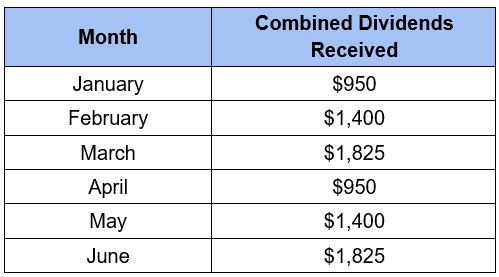I think this FTSE 250 stock is primed for promotion to the FTSE 100 next month
Jon Smith is thinking ahead to the next reshuffle for the FTSE 250 in June and points to one contender that has been doing well.
Posted by
Jon Smith

When investing, your capital is at risk. The value of your investments can go down as well as up and you may get back less than you put in.
You’re reading a free article with opinions that may differ from The Motley Fool’s Premium Investing Services.
Each quarter, there’s a reshuffle between the major FTSE indexes. The stocks due for promotion from the FTSE 250 to the FTSE 100 will take the jump next month, with an indicative list of potential candidates due out any day. Given the formula is based around the market cap, I can already see one likely contender that could get a lot of attention.
Eyes on the prize
I’m talking about British Land (LSE:BLND). The UK-based real estate investment trust (REIT) specialises in owning, managing, and developing commercial properties.
Please note that tax treatment depends on the individual circumstances of each client and may be subject to change in future. The content in this article is provided for information purposes only. It is not intended to be, neither does it constitute, any form of tax advice.
Over the past year, the stock is only up a modest 2%, with a dividend yield of 5.56%. Yet with a market cap of £4.1bn, it looks set to head to the FTSE 100 next month. Part of this comes from the fact that during the stock market fall in April, British Land didn’t experience a massive fall. I’m not surprised by this, given the nature of the sector — the REIT isn’t exposed to the impact of Trump’s tariffs.
The 11% rise in the past three months has helped to push the stock into contention. Positive soundbites coming out about new deals caused the rise. For example, in late March it got approval to redevelop Euston Tower into a whopping 560,000 square feet of workspaces and hospitality venues.
Looking ahead
Even before we get to the reshuffle, investors will have to negotiate something else. I’m talking about the full-year results that are due out on Thursday (May 22). The half-year results were positive, with a 1% increase in underlying profit. In the period in question, it leased 1.7m square feet of space, 8% ahead of estimated rental values. This demonstrated robust demand for its properties, which investors will be hoping carried forward for the rest of the year.
Assuming the results aren’t a disaster, the promotion to the FTSE 100 could bring a further boost to the share price. This is because index trackers and portfolio managers that have to own FTSE 100 companies will automatically buy the stock. Of course, FTSE 250 trackers will sell it. But the amount of money that’s focused on the FTSE 100 is much larger than on the FTSE 250. So the net impact should be positive for the share price.
Sensitive to demand shifts
The main risk I see for British Land is the section of the portfolio focused on office spaces. I just don’t see high demand going forward, with work-from-home here to stay. Therefore, I think it needs to push into other areas, even potentially residential options, to stay profitable in the long term.
Despite this concern, I think it’s well set for the year ahead. If it does get the tap on the shoulder to head to the main index, this should only benefit the company. Therefore, I think it’s an idea for investors to think about right now.



















